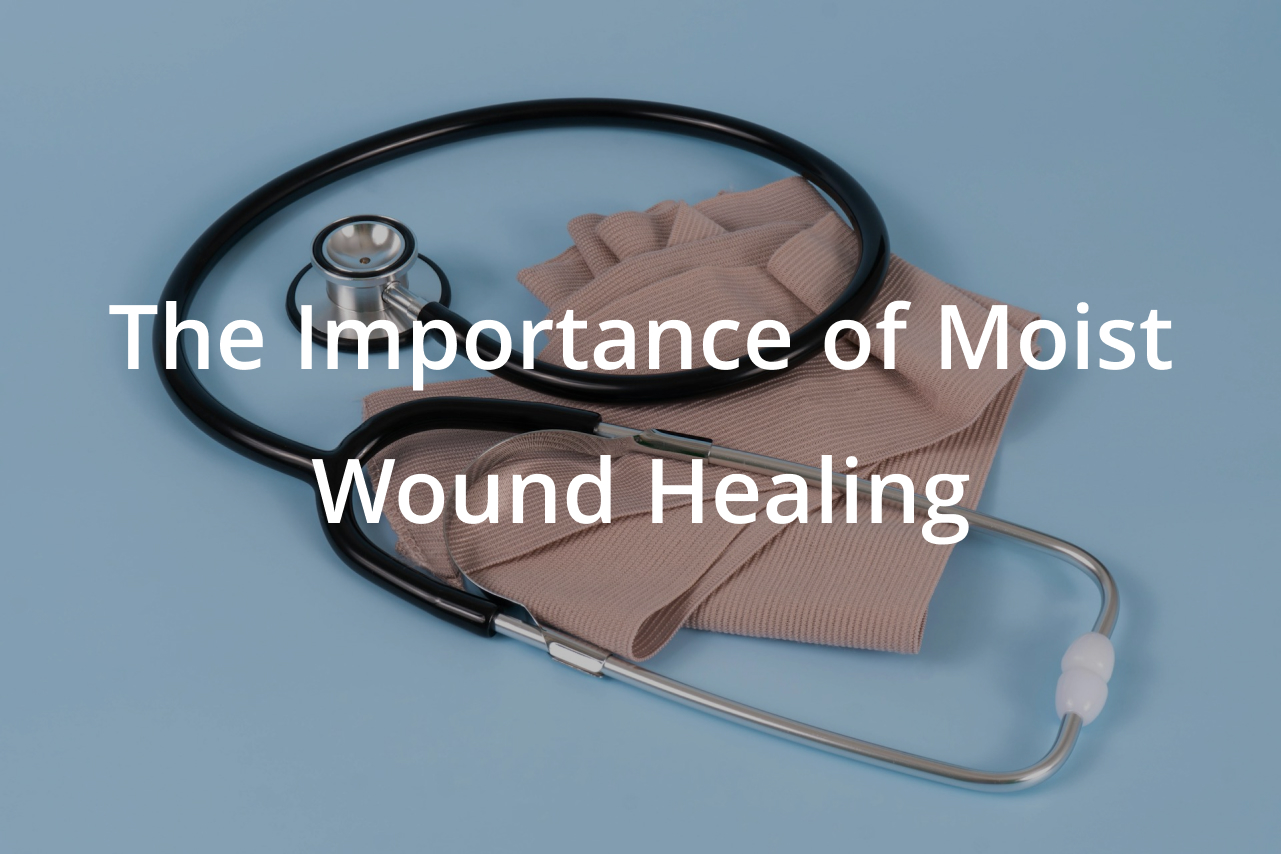The healing of wounds has evolved significantly with advancements in medical science, mainly through the understanding and application of moist wound healing. This concept, which maintains that a moist environment optimizes wound healing, contrasts sharply with older methods that involve keeping wounds dry. Dr. Som, a board-certified plastic surgeon at the Wound Center, explores the science behind moist wound healing and explains why it is considered best practice in contemporary wound care.
Understanding Moist Wound Healing
Moist wound healing is a method of wound care that aims to keep the wound environment optimally moist but not overly wet. The principle is based on the understanding that a moist environment supports the natural healing processes of the body, facilitating faster and more efficient wound closure.
The Science Behind It:
- Cellular Activity: In a moist environment, the cells involved in wound healing, such as epithelial cells and fibroblasts, can migrate more easily across the wound bed, speeding up the healing process.
- Protection Against Infection: A moist wound environment helps to form a barrier against bacterial invasion, reducing the risk of infection.
- Enhanced Epithelialization: Keeping the wound moist helps to prevent the formation of a hard scab, which can impede the growth of new tissue and increase the likelihood of scarring.
Best Practices for Moist Wound Healing
Choosing the Right Wound Dressings:
- Hydrocolloids: These are adhesive dressings that contain gel-forming agents. They are particularly effective for maintaining moisture in wounds that are not heavily exuding.
- Hydrogels: Hydrogel dressings are ideal for moisturizing dry wounds, promoting granulation, and facilitating autolytic debridement.
- Alginate Dressings: Made from seaweed, these dressings are highly absorbent and suitable for wounds with significant exudate. They help maintain a moist wound environment and promote healing.
Monitoring Moisture Levels:
- Maintaining the balance of moisture is crucial. Too much moisture can lead to maceration (softening and breaking down of the skin), while too little can cause the wound to dry out and stall the healing process.
- Regular assessment and dressing changes are critical to manage the moisture levels effectively based on the wound’s condition and exudate levels.
Clinical Evidence Supporting Moist Wound Healing
Studies have consistently shown that moist wound environments lead to faster healing rates, less pain, and reduced scarring compared to wounds that dry out. The effectiveness of moist wound healing has made it a cornerstone in modern wound care practices.
Conclusion
Moist wound healing represents a significant advancement in wound care. By understanding and applying the principles of maintaining an optimal moist environment, healthcare providers can achieve better patient healing outcomes.If you are dealing with a wound and seeking the latest effective wound care treatments, we invite you to contact the Wound Center for a consultation. Dr. Som and his team are dedicated to providing the highest standard of care based on the latest medical research and clinical practices. Visit our blog for more insights into advanced wound care strategies, or call us today for a comprehensive evaluation. Let us help you on your journey to recovery with the best that modern medicine has to offer.



